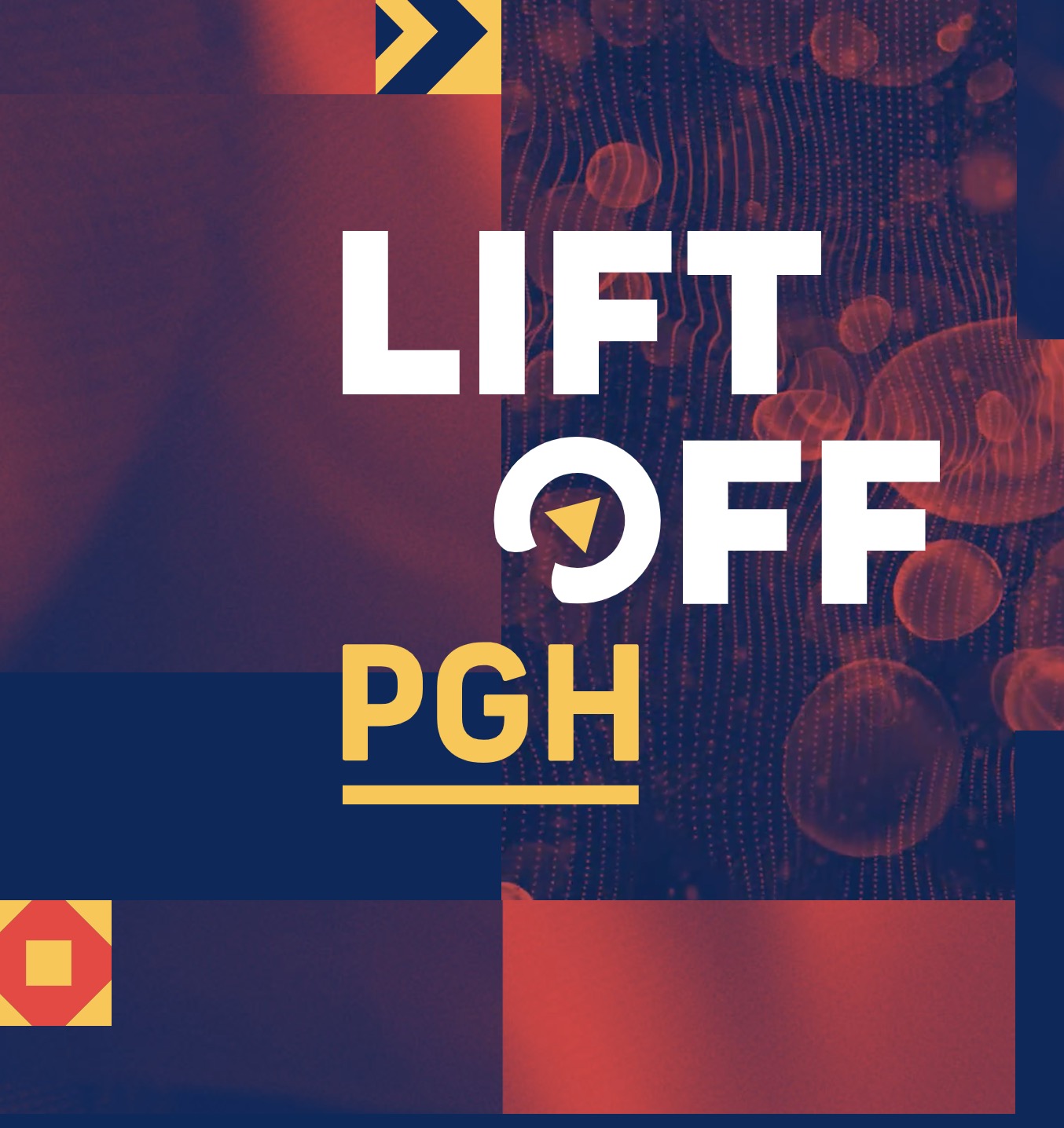Newsroom
RMU Demo Shows Big Data In Healthcare For Liftoff Pgh Conference
A cross-disciplinary team imagined how augmented reality could change the patient experience.

What if you could get the results of a medical test immediately — and in color, projected on an exam room wall so you could discuss it with your practitioner?
That’s the premise of RMU’s contribution to Liftoff PGH 2020, a December regional conference held by the Jewish Healthcare Foundation to look at innovations that will affect medicine in the future. RMU is also a sponsor of the conference, which was originally intended for the David L. Lawrence Convention Center but was forced to move online because of the Covid-19 crisis.
A team of RMU students and faculty with a variety of expertise, from biomedical engineering and nursing to data sciences and media arts, changed their plans accordingly. Instead of a presentation using virtual reality headsets for conference attendees, they produced a 180-degree video that viewers can move up, down, and side to side, as if from the patient’s perspective. In the simulation, the hypothetical patient’s health data is projected onto walls and other surfaces in the exam room, a technology called augmented reality.
“I was honored to lead the RMU cross-disciplinary team of students and faculty,” said Maria Kalevitch, dean of the School of Engineering, Mathematics and Science and associate provost for innovation and academic research, and also a member of the board of the Jewish Healthcare Foundation. “We asked students to speculate how healthcare in the future could utilize veinfinder and rapid data analysis from a blood sample to share patient information immediately and improve the point-of-care experience.”
The video highlights several cross-disciplinary efforts by university faculty and students. For instance, the virtual patient in the video gets a blood test from a nursing student using a veinfinder device developed by RMU biomedical engineering students in collaboration with nursing students.
“We were asked to create a visual narrative and represent data about 10 years into the future of healthcare,” said interaction design major Ryan Silk.
Haley Boyden, statistics and predictive analytics major, said the team had to consider several questions in imagining the future of ‘Big Data’ in healthcare. “This means what are the implications to the consumer, the end patient, and how will this greatly impact the consumer or the patient and how can we best visualize this data,” Boyden said.
